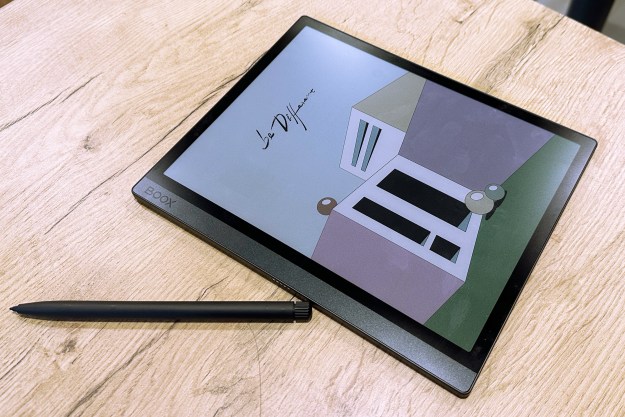The international organization’s recent “Digital Dividends” report shares some stark figures that may take the edge off of any superficial excitement about the spread of digital technology. For instance, about 4 billion people still don’t have access to the Internet, and nearly 2 billion people don’t use a mobile phone.
“Digital technologies have spread rapidly in much of the world,” according to the World Bank’s report. “Digital dividends — the broader development benefits from using these technologies — have lagged behind.”
The report also puts the spotlight on the need for “analog” help in the form of policies and regulations to “ensure the digital market is competitive and the Internet expands access to information, lowers the cost of information, and promotes more inclusive, efficient, and innovative societies.”
More specifically, the report notes that in developed and large middle-income countries, technology isn’t destroying jobs, as some may think. Rather, it’s automating routine jobs and some white-collar jobs, which means a large portion of workers get pushed down the ladder to lower-paying jobs that are less prone to automation.
“What we’re seeing is not so much a destruction of jobs but a reshuffling of jobs, what economists have been calling a hollowing out of the labor market,” said Uwe Deichmann, co-director of the “Digital Dividends” report. “You see the share of mid-level jobs shrinking and lower-end jobs increasing.”
In other words, without good policies in place, the digital revolution may widen the economic inequality gap rather than bridge it.
“We must ensure that the benefits of new technologies are shared widely, particularly for the poor,” said Jim Yong Kim, World Bank Group president. “Evidence suggests that we can do this by improving competition among businesses, investing in people — starting with pregnant mothers, to ensure that all children have the cognitive ability to later connect to the digital revolution.”
Editors' Recommendations
- Digital Trends’ Top Tech of MWC 2023 Awards
- New World, Amazon Games’ Age of Exploration MMO, arrives in May
- About a third of U.S. households lack broadband internet. 5G may change that
- Monzo will launch its banking app in the U.S., but it may be a hard sell


